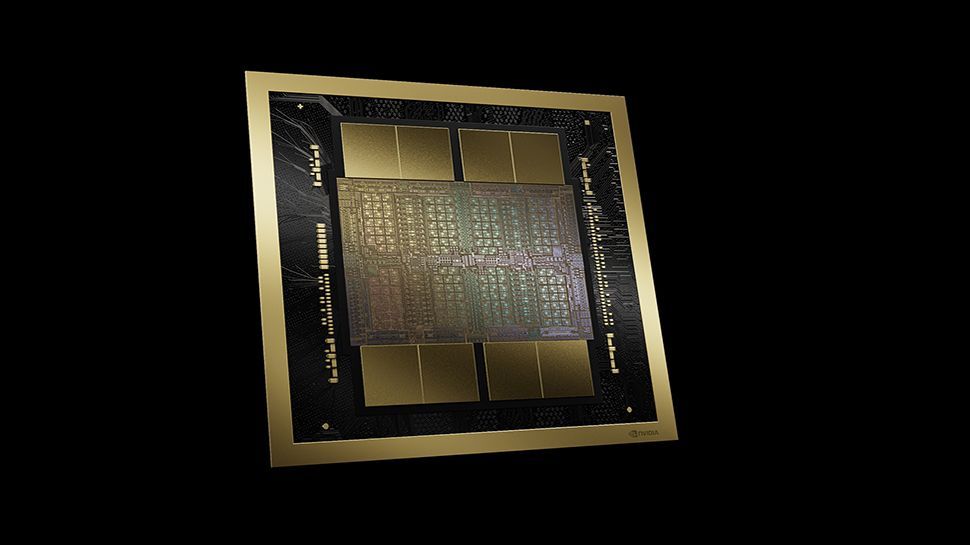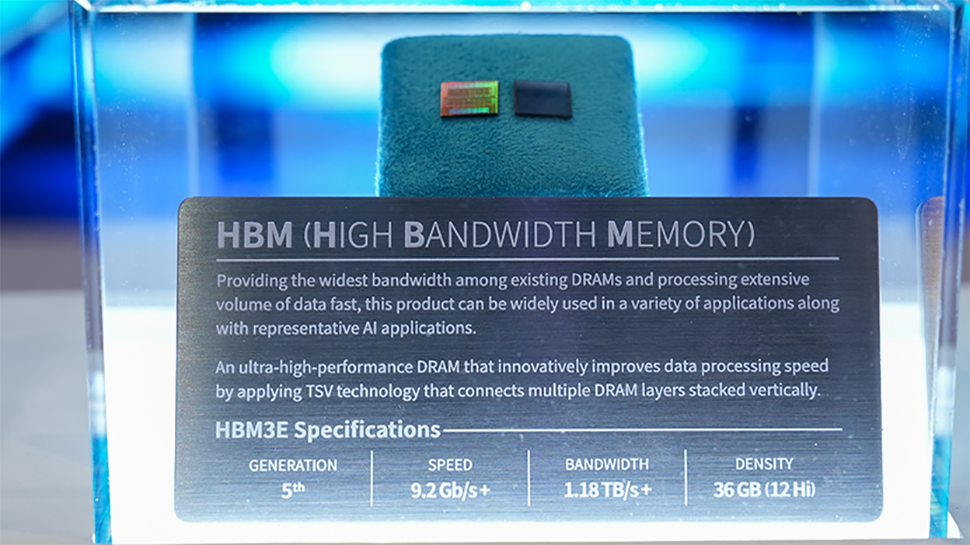Despite very little information about Nvidia's next generation Blackwell GPUThere already appear to be plans for the next generation, according to a new report.
The information comes from the TF Securities analyst. Ming-Chi Kuo(reported by TechPowerUp). These new R100 chips have been codenamed Rubin (after astronomer Vera Rubin). They mainly focus on reducing power consumption, as the high-end Blackwell GPUs are already reaching the higher kilowatt range and cannot continue to increase.
The other important takeaway is that Rubin will power future AI-based GPUs, will be built with the TSMC-N3 node, and will use HBM4 stacked memory. These specifications are key to reducing power consumption, which is vital considering that Nividia is investing more in the AI market, known for its high power costs. This is great news for users in general as it means the GPU will consume less power and hopefully give you relief on your electricity bill.
However, gamers will be very disappointed as, according to the report, Rubin is not made for gaming but is entirely dedicated to AI. Supporting this is the 4x reticle design and Chip-On-Wafer-On-Substrate-L (CoWoS-L) technology mentioned in Ming-Chi Kuo's post. Most likely, we are looking at a large, expensive chip that could easily cost $50,000. This It would not be the first time Such a high price has been put on a chip.
So far, we only have a mass production window of Q4 2025, which means consumers won't get their hands on it until at least 2026.
Who is Rubin for?
As mentioned above, the leaks reveal that the Rubin GPU is not made for gamers but for dedicated AI use. And, judging by the number of chiplets and the final size of the GPU, we are looking at chips manufactured for the professional market.
One of the main targets will most likely be data centers, as they have been struggling to sustain themselves by running current GPUs, and the situation will only get worse the higher the power consumption for the next generations.
That leaves the important question of who else Rubin is for. Will Nvidia keep these chips solely in the enterprise space or will there be consumer versions for gaming and other general uses? It could also mean that Nvidia will alternate between consumer and enterprise GPUs from now on, which makes sense considering how much profit the tech giant makes from the latter.







